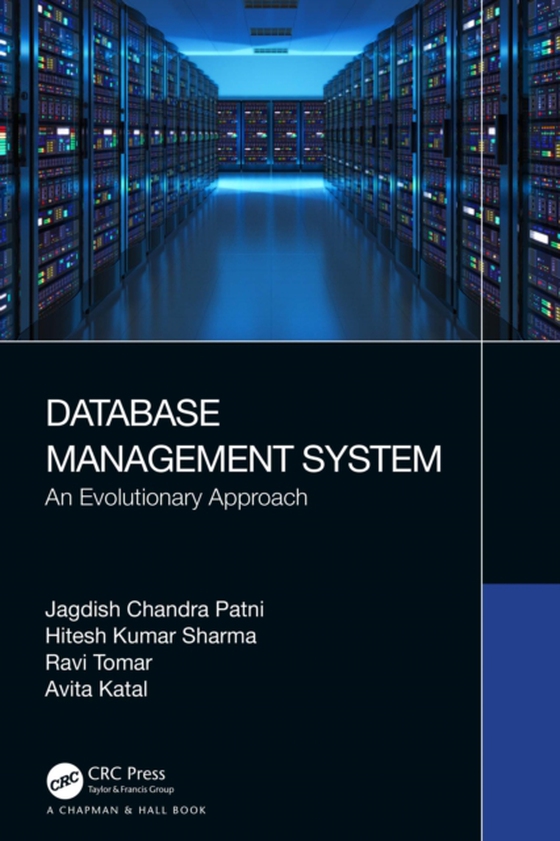
Database Management System e-bog
948,41 DKK
(inkl. moms 1185,51 DKK)
A database management system (DBMS) is a collection of programs that enable users to create and maintain a database; it also consists of a collection of interrelated data and a set of programs to access that data. Hence, a DBMS is a general-purpose software system that facilitates the processes of defining, constructing, and manipulating databases for various applications. The primary goal of a...
E-bog
948,41 DKK
Forlag
Chapman and Hall/CRC
Udgivet
26 januar 2022
Længde
229 sider
Genrer
Library and information sciences / Museology
Sprog
English
Format
pdf
Beskyttelse
LCP
ISBN
9781000522426
A database management system (DBMS) is a collection of programs that enable users to create and maintain a database; it also consists of a collection of interrelated data and a set of programs to access that data. Hence, a DBMS is a general-purpose software system that facilitates the processes of defining, constructing, and manipulating databases for various applications. The primary goal of a DBMS is to provide an environment that is both convenient and efficient to use in retrieving and storing database information. It is an interface between the user of application programs, on the one hand, and the database, on the other.The objective of Database Management System: An Evolutionary Approach, is to enable the learner to grasp a basic understanding of a DBMS, its need, and its terminologiesdiscern the difference between the traditional file-based systems and a DBMScode while learning to grasp theory in a practical waystudy provided examples and case studies for better comprehensionThis book is intended to give under- and postgraduate students a fundamental background in DBMSs. The book follows an evolutionary learning approach that emphasizes the basic concepts and builds a strong foundation to learn more advanced topics including normalizations, normal forms, PL/SQL, transactions, concurrency control, etc.This book also gives detailed knowledge with a focus on entity-relationship (ER) diagrams and their reductions into tables, with sufficient SQL codes for a more practical understanding.
 Dansk
Dansk

